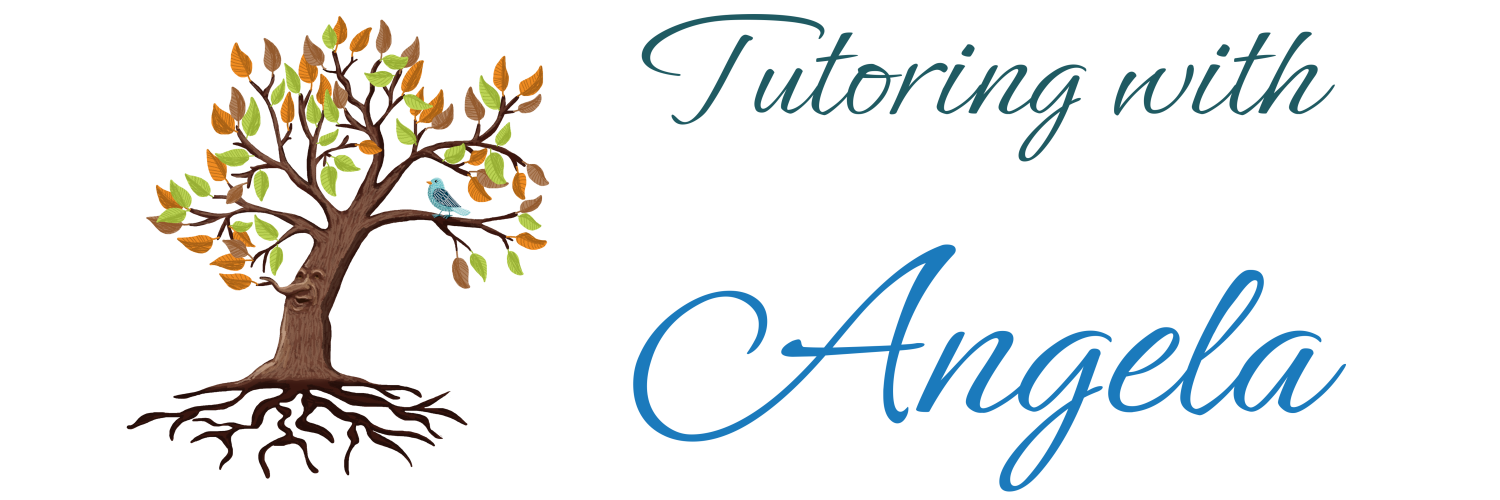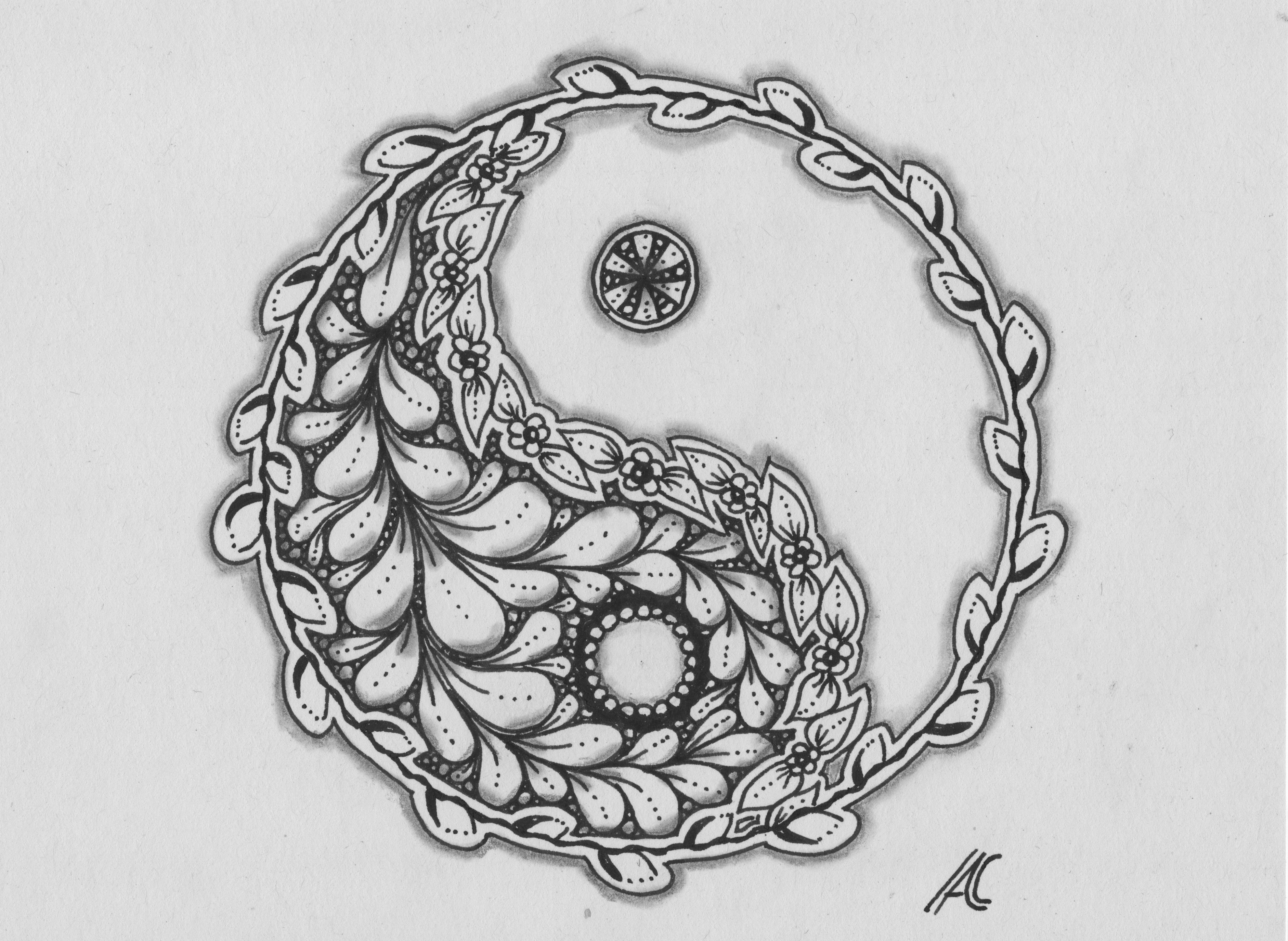A balance of contradictions
The spring equinox is one of two points on the Earth‘s orbit, where the two halves of the day, the light and the dark, are of equal length and where on the other hand the rate of change is highest. So at the astronomical beginning of spring we move towards the lighter half of the at the fastest speed while from this day forward the amount of light we gain is going to progressively decrease.
This brings us to the themes of this festival: Apparent paradoxes, entangled within each other. A perfect balance that will crumble especially quickly. A balance of light and dark. And the signal for the unstoppable bursting forth of life.
Increased activity in nature
While at Candlemas we saw tentative indications of the coming spring, now we can observe shrubs pushing out light green leaves or forsythias painting front yards bright yellow. In sheep herding regions, lambs can be seen jumping around with boundless energy and some people may even still remember that only a few decades back chicken eggs were scarce during winter. During the last couple of days I have noticed increased insect activity and today for the first time this year, a bumblebee knocked on my window.
There is an old German song about a farmer preparing his fields in Marchand there really are several plant varieties that can be sown now. So a few days ago I sprinkled two flower mixtures in our garden, one for butterflies and one for bees. For the moment I am watching robins and sparrows eat (hopefully only part of) the seeds. The involuntary extension of spare time the new Corona virus brought gave me some extra motivation to convert part of our garden into a vegetable patch. At Candlemas I planned and otherwise twiddled my thumbs, now it is time for action. Another good tradition is spring cleaning, sweeping away old dust to make room for the new things in our lives. And now more than ever our immune systems will benefit from us walking or running outside in the fresh air at a reasonable distance to other people. Like I mentioned in my previous post, this will help us appreciate how even while socially distancing we are all inextricably linked in the geat web of life.
As much as we may welcome the days from now now on being increasingly lighter rather than darker: The year goes round in an eternal circle. The more intensely we reject the dark, the more it will hit us emotionally come autumn. Whatever I refuse to accept about myself or the world around me, will inevitably bubble up somewhere else in my life. A more helpful approach is to instead try to see the one within the other. To look at what I can take with me from one half of the year into the other. What inside me wants to be integrated into other more accepted parts of myself? And what should really be swept away so I am ready for new things? How can I create a real (if fleeting!) balance in pondering all this?
Myths and traditions
Jacob Grimm told us about a spring goddess Ostara, who even made it into lists of crossword clues, even though her historic authenticity is widely doubted. While this goddess may never have been celebrated by germanic tribes under this name there are myths about spring goddesses tracing back to a number of civilisations. Often she is kidnapped and has to live in some kind of underworld so the Earth goes barren until the spring goddess returns.We can assume that the people back then, living much more closely with the seasons, sowing, reaping and times of scarcity and who observed the apparent movements of the sun accross the sky, were very much aware of the equinoxes. It it likely they celebrated these days even if the exact rituals have been lost in time. One important aspect of the spring goddess is that she brings both life and death, always carrying part of the other personality with her, only really changing her outward appearance.
Another relevant myth is the one about Cybele and Attis who mysteriously both emerged from one being. After living together for a while, they went separate ways until due to dramatic circumstances Attis died. The grieving Cybele was granted by Zeus only one consolation: That Attis‘ body will not decompose. What is remarkable is that this story of interwoven polarities, of sacrifice, eternity and the longing for unity was the basis for a longstanding festival observed around the spring equinox.
What about you?
How does Nature currently present itself where you live? How do you sense the short moment of equilibrium and how do you especially appreciate its transience? How to you handle (seeming) contradictions, the things you desire and reject? Is there space in your life for new green foliage? Which important things from the dark half of the year will you take with you? What will you (seemingly) sacrifice?
Meditation and looking forward to the wheel spinning onwards
I have uploaded a short meditation about finding balance for you to try another approach to this holiday. You can find it here.
This post refers back to this main article and is part of a series on each of the eight holidays of the year. During 2020 I will write another post for every one of those date so stay tuned for the 1st of May!


Leave a Reply